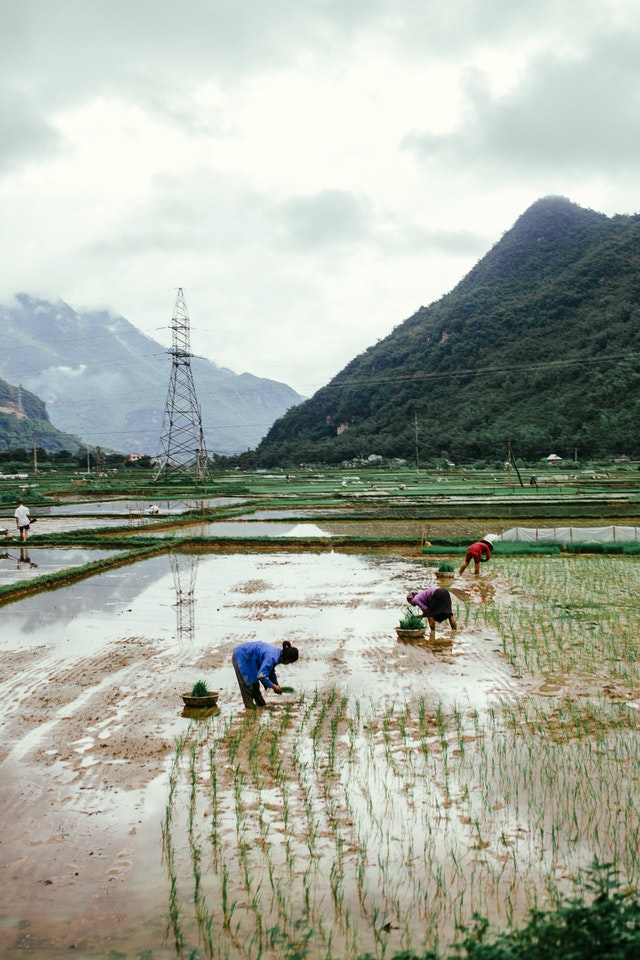Background highlights, decades after my research:
-
Rice has become a valued staple food and an increasing source of calories in Sub-Saharan Africa (SSA) as economic growth & rising urbanization modify consumption patterns and consumer preferences toward more rice and away from traditional foods such as millet and sorghum.
-
Therefore, SSA rice imports will continue to grow as escalating demand outpaces expansion in local rice production. USDA projects imports will grow from 12.3 million tons in 2017 to 15.4 million by 2026. With imports soon expected to surpass those of Asia, the region is likely to become the leading destination in the global rice trade.
- AGRIFERT’s take: unless imminent soil and plant nutriment analysis are conducted in the region’s rice cultivation farmlands, food scarcity and associated woes are just a milestone on the corner.



